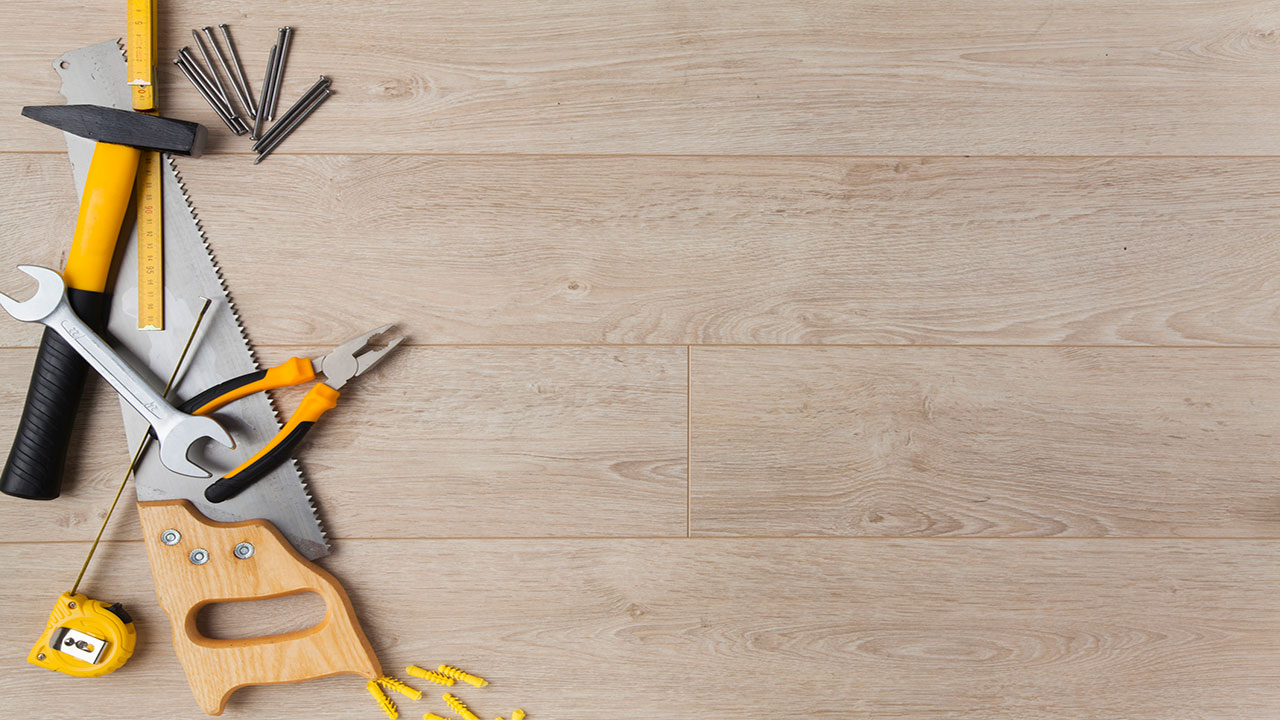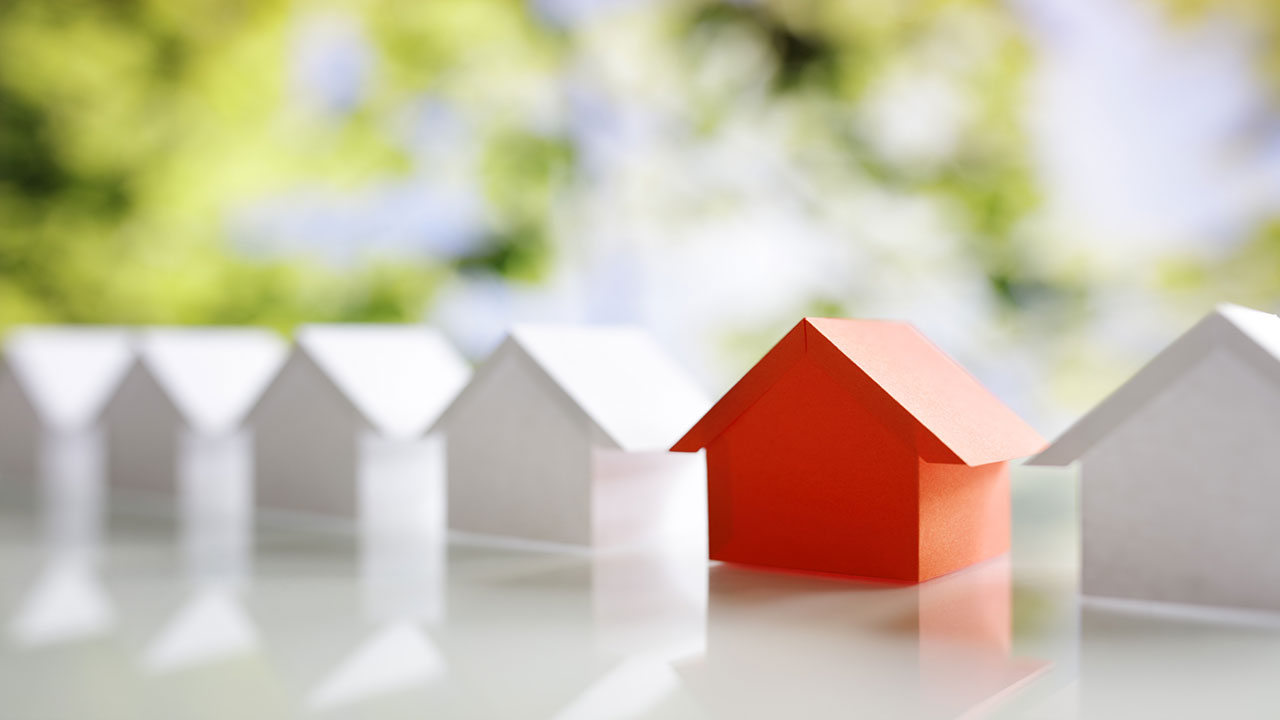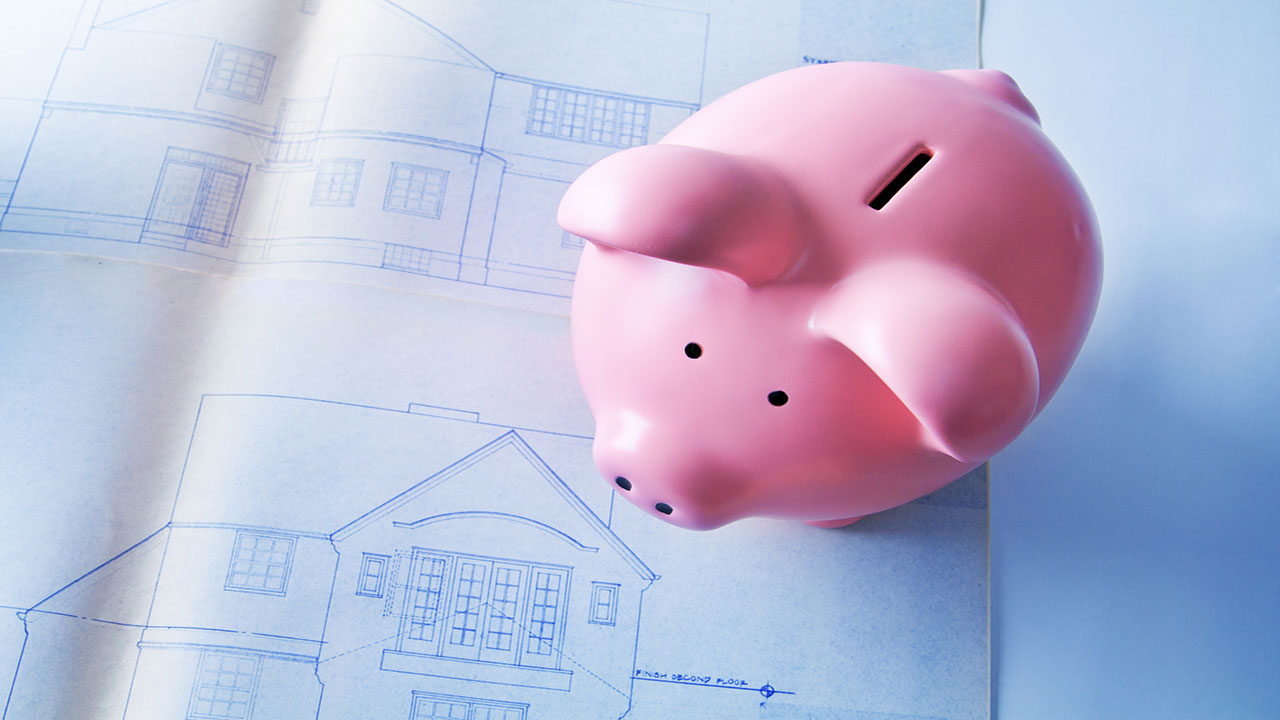Should You Build an Addition to Your Home?

Are you beginning to outgrow your home? Is your house not providing enough space for you and your family?
While some owners may choose to list and sell in favor of a larger property with more square footage, others decide that staying put in their home is a better option for them and choose to add on instead of relocating.
If you’re contemplating the latter, there are a number of considerations to make first before you take hammer to nail. Adding an addition to a home is a huge endeavor and comes with a lot of nuances from the get-go.
Before making a final decision, here are a few things you should think about first.
Will the Addition Add Value to Your Home?

Even if this is your “forever home,” considering how much value an addition will add to your home is still important. Asking yourself how much value will be added to your home relative to how much you will be spending on a home addition is a crucial question to consider. These projects are extremely expensive and don’t usually bring in much ROI when all is said and done.
What does the neighborhood dictate? Are you adding a second story in a neighborhood that’s predominantly filled with bungalows? Are you doubling the square footage in comparison to the size of the homes on the block? Over-improving your home will do little to add extra value and can even take away from it.
That said, the addition will likely provide you and your family with plenty of value, even if such value won’t be reflected in the sale price should you ever choose to sell in the future. It’s always important to consider this before you add on to your home.
Before you plan an addition, speak with a real estate professional or appraiser. Sometimes it just makes financial sense to sell and move into a new home that offers you the space you need instead of spending the money to add on to your existing property.
Are There Zoning Restrictions to Abide by?
Even if you come up with elaborate plans for an addition, the project won’t be able to come to fruition if the zoning bylaws in your area prohibit you from constructing certain types of additions. Most jurisdictions have specific restrictions as far as how high the addition can be (if you’re building up) and how far out it can go (if you’re building out).
Before you hire a professional to draft up a plan for your addition, be sure to consult with local building authorities to ensure that your project adheres to any restrictions.
Will the Addition Blend in Well With the Rest of the Home?

While an addition will certainly add extra square footage for you and your family to enjoy, it’s possible for it to stand out – and not in a good way – on the street if not done properly. Adding a new floor or room to a home can be a real challenge when it comes to blending it in well with the rest of the home. Be sure to have a solid plan of the architecture, style, and finishes you plan to use for your addition.
What Do You Need the Added Space For?
You probably already have a very clear idea of what you need the extra space for. Whether it’s an extra bedroom, a larger kitchen, or a completely new floor, knowing exactly what you will be using the added space for will make the planning stages more effective. That way you can plan appropriately for things such as plumbing, electricals, and layout to accommodate for light fixtures, appliances, or sinks, for instance.
How Much Are You Able to Spend?

Establishing a budget before any home improvement project is essential. You’ll definitely want to come up with your budget first, then compare it to how much you will realistically have to spend on the addition. You don’t want to skimp and cut corners in order to stick to a smaller budget, or else the final result will be compromised.
As a general rule of thumb, you can expect to spend anywhere between $100 to $200 per square foot, depending on the finishes and intricacy of the architecture.
Review your finances carefully to establish a realistic budget. Then call a reliable contractor to obtain a detailed estimate of how much you’ll likely be spending on your addition. While this may sound like a no-brainer, you’d be amazed at how many homeowners don’t spend enough time assessing their finances before engaging in a project such as this.
Are There Any Other Ways to Add Useable Space Beside an Addition?
Depending on your home, there may be ways that you can add some useful space without a full-out addition. Instead, you may be able to add just enough space to suit your needs with a “bump out,” which can be perfect for needs such as the addition of a walk-in closet, a larger eating area in the kitchen, or enlarging a small bathroom. These projects are much easier, quicker, and affordable than a full-blown addition.
You might even be able to add some useable space without actually physically adding any extra square footage. For instance, finishing an attic can be the perfect way to add an extra bedroom, office space, or yoga studio without the need to add on to your home.
The Bottom Line
If you love your neighborhood and can’t imagine leaving your home, adding an addition may be a great way to accommodate your changing needs without having to uproot your family. But there’s a lot to consider before making the decision to add on to your home. In some cases, it might make better sense to move. Whatever choice you make, be sure to make it with the help and guidance of a seasoned real estate agent.


